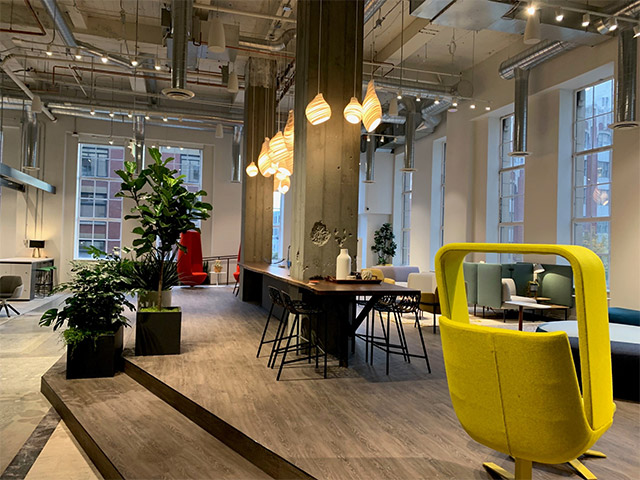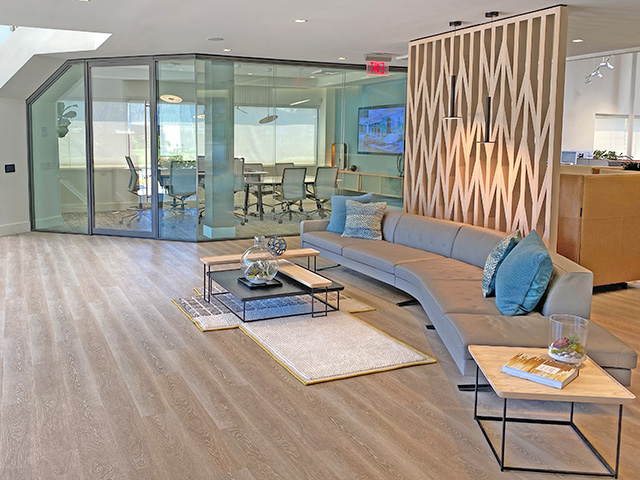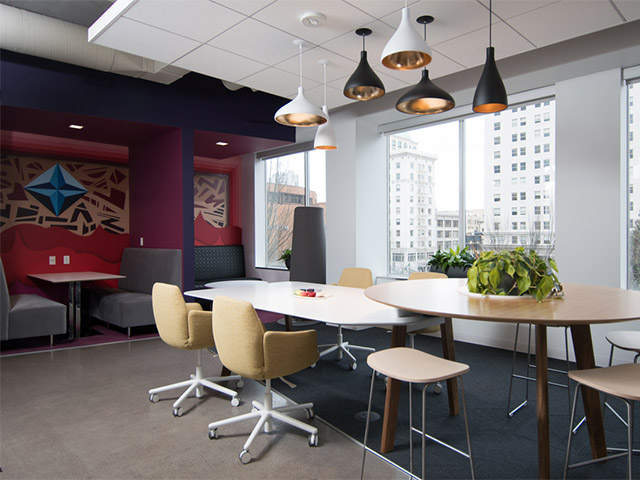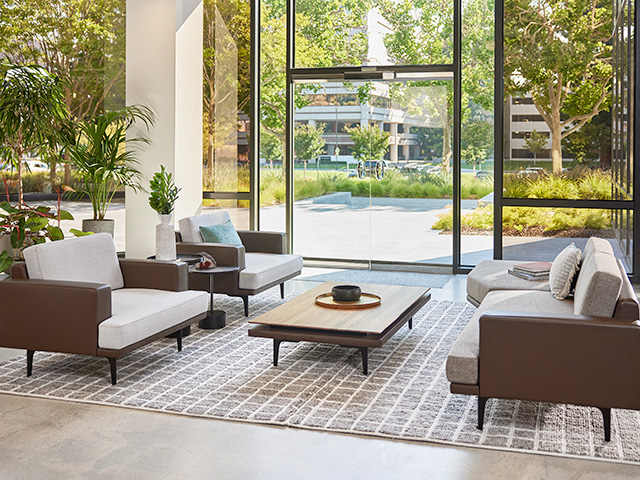Branding and brand experience are often thought of as purely marketing tools. While brand plays an essential part in marketing, it also plays a pivotal role in the everyday world around us—including how the work environment and culture impact people. If a brand is felt and lived in a workspace, it will often be felt in the company’s product and marketing—increasing customer response and brand affinity.

A brand is the sum of impressions and experiences someone holds about a product, service, or company. It grows out of many elements, from an organization’s marketing pieces to its buildings, to all customer interactions with employees—both planned and unplanned. A brand is critical in influencing customers’ thoughts and feelings about an organization and whether customers will ultimately partner with the organization.
If we agree that culture is important, shouldn’t all spaces reflect it? Most modern construction is built around functional considerations—increased density, one-size-fits-all rooms, office reductions, etc.—usually because it is viewed as a cost rather than a driver of performance. Recognizing space as a way to support a brand begins by first defining existing institutional culture, comparing that to the desired culture, and then designing spaces to create change.
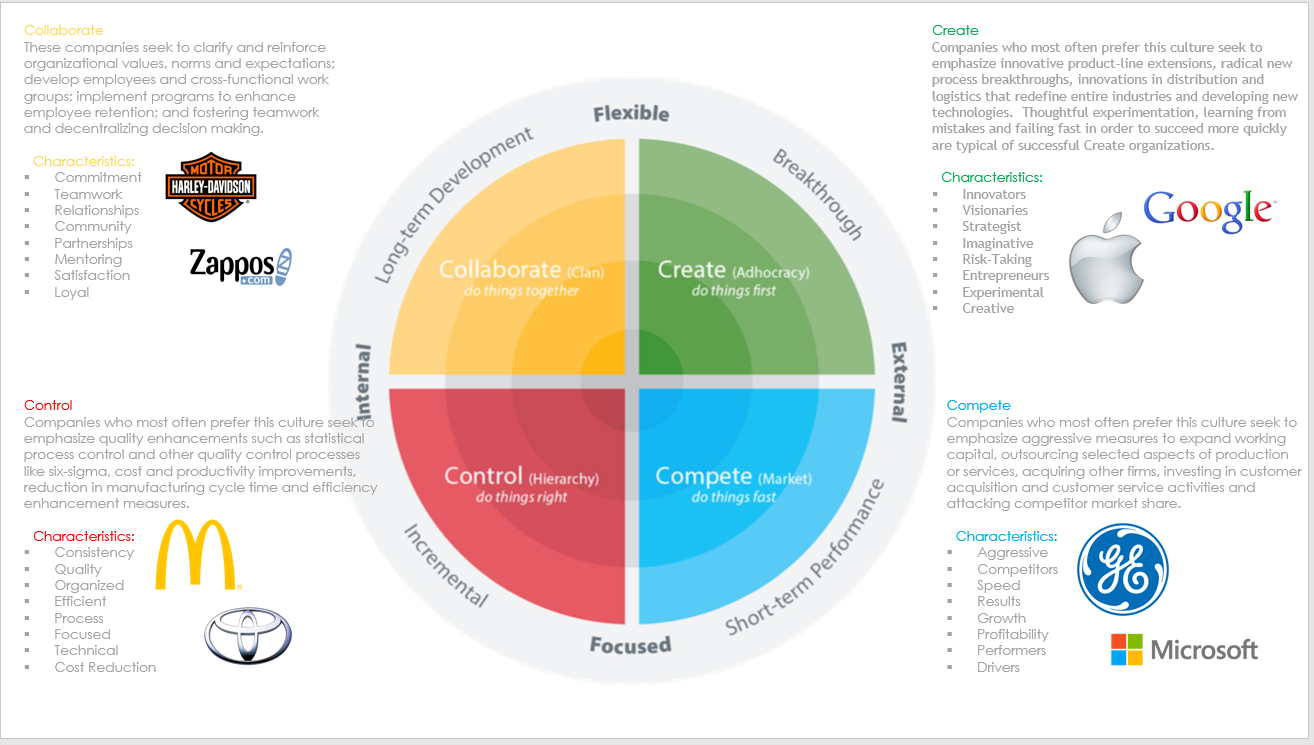
Creating Compelling Branded Environments Can Drive Engagement and Success
A well-designed, branded environment expresses an institution’s core identity, and the values employees relate to. It communicates and supports an organization’s mission and values and leaves a lasting impression by creating engaging spaces that enhance the user experience. It resonates with individuals and allows them to visualize what they can achieve.
Translating Brand Themes into Planning, Architecture, and Interiors
Organizations can start by developing a unique brand message. From there, the brand story can be connected starting at the broadest level, to regional geographic elements, then to outdoor spaces, building and campus features, and finally into architectural and interior design features, furnishings, and technology elements.
- Identify the distinct and meaningful message that differentiates the institution. A business organization might start its story with corporate values, technology, or human focus.
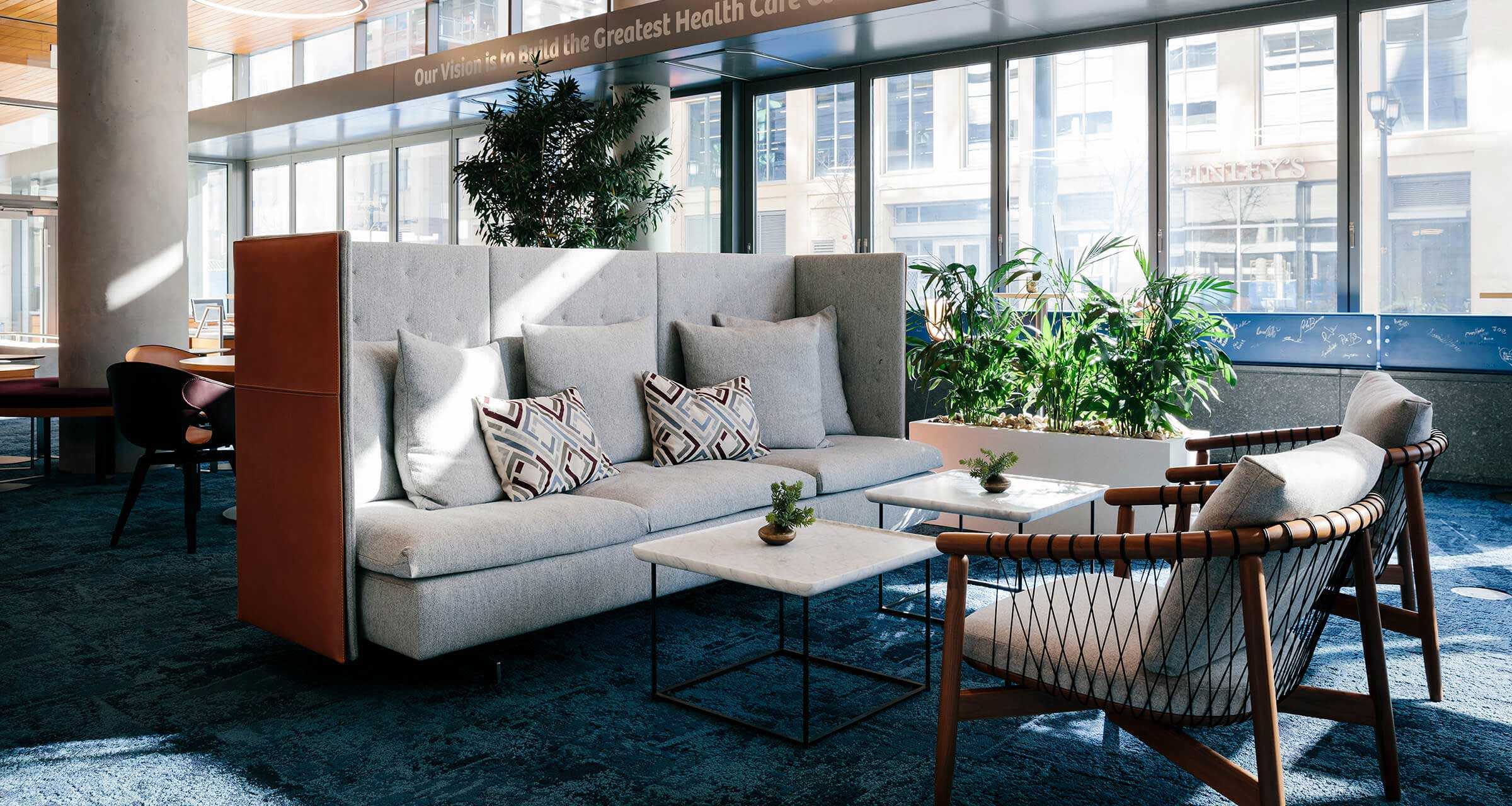
- Identify the distinct and meaningful message that differentiates the institution. A business organization might start its story with corporate values, technology, or human focus.
- Use elements of geography, location, and key spaces to support the brand story. Some of the most distinctive and authentic identities can originate from the organization’s unique location. Localized themes might come from a surrounding landscape or particular geographic distinction: a mountain range, a waterfront, a hilltop. Expressed through the space, these elements can be reinforced. This nod to local culture can boost morale among employees.
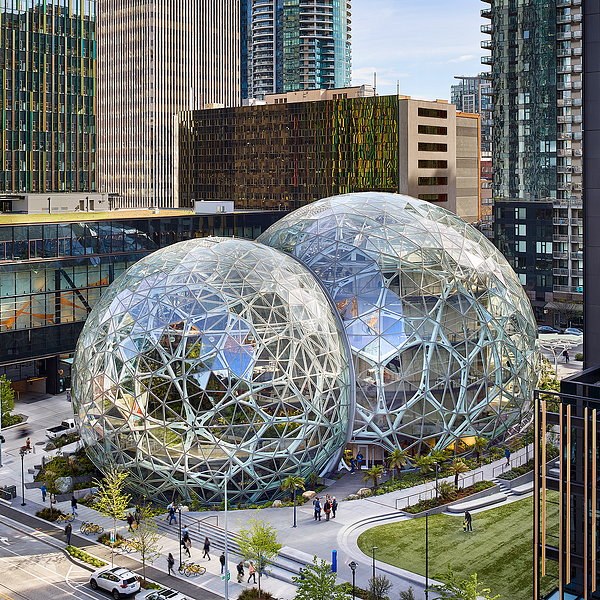
- Use elements of geography, location, and key spaces to support the brand story. Some of the most distinctive and authentic identities can originate from the organization’s unique location. Localized themes might come from a surrounding landscape or particular geographic distinction: a mountain range, a waterfront, a hilltop. Expressed through the space, these elements can be reinforced. This nod to local culture can boost morale among employees.
- Outdoor spaces can communicate history, culture, and brand. Well-designed outdoor spaces can not only be used for interaction and learning, but they can also express the brand and culture of the organization.
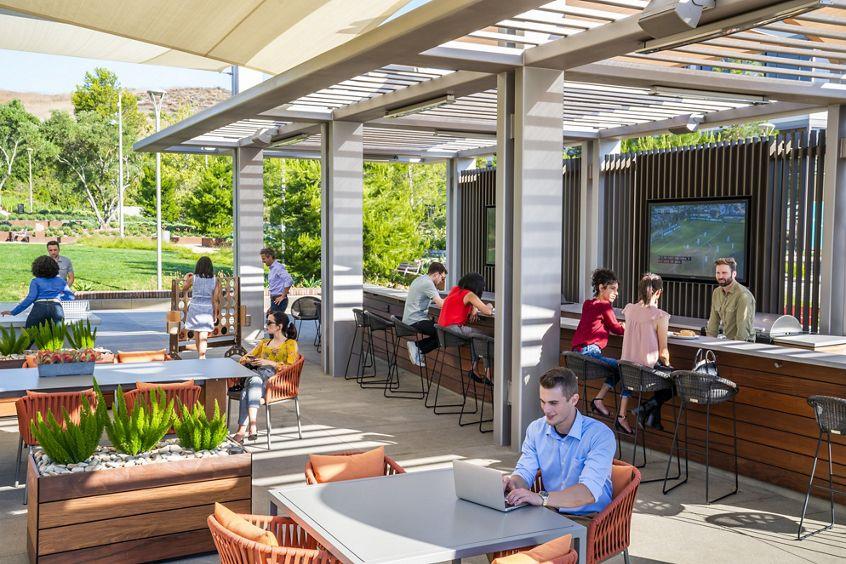
- Outdoor spaces can communicate history, culture, and brand. Well-designed outdoor spaces can not only be used for interaction and learning, but they can also express the brand and culture of the organization.
Some elements and relationships to consider:
- The size and scale of architectural elements convey values and behaviors
- Colors and textures of construction materials add context to a building
- Environmental graphics make good brand storytelling platforms
- Surface features continue the story within the space
- Connecting inside spaces with outside elements communicates a brand
- Creating space for different types of social interaction, such as cafés, drives brand and values
- Furnishings reflect values and indicate desired behaviors in that space
- Available technology, including mobile technology, helps tell the brand story
Bringing it All Together
Blending a place with interaction and connection to the community provides a chance to move beyond designing only for function. It can enhance the sense of place and celebrate the personality and physical nature of the organization.
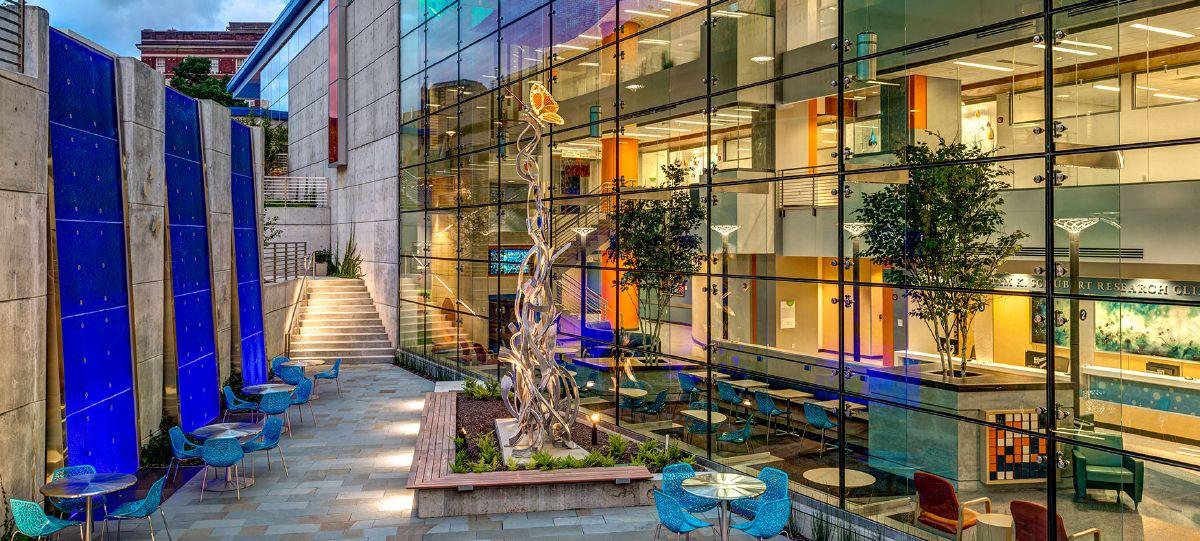
The physical environment can communicate a message to multiple audiences—employees (current and future), investors, customers, and the community. The physical aspect of the organization should share the brand, culture, and values as soon as one enters the space. This experience can be part of an integrated theme that engages the visitor and leaves a distinct impression. Contact us to learn more about how we can help you develop your brand and incorporate it into your workspace.
FOR MORE INFORMATION, PLEASE CONTACT
Michelle Sample
marketing@peoplespace.com

